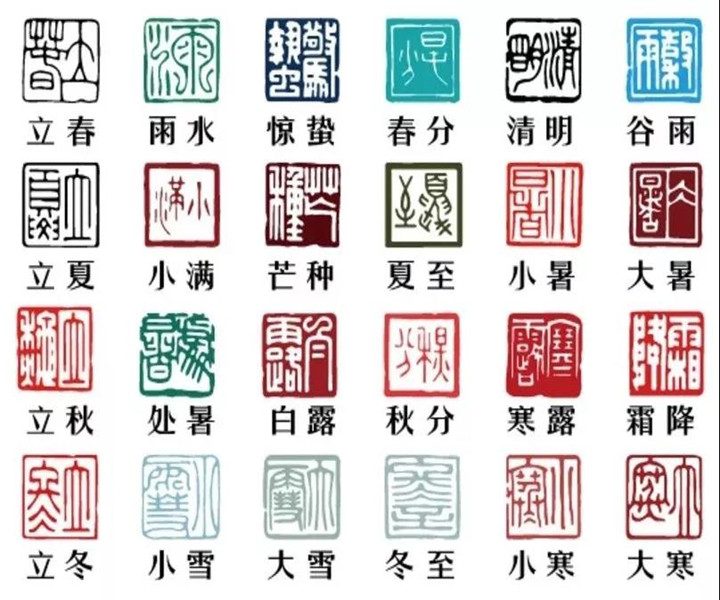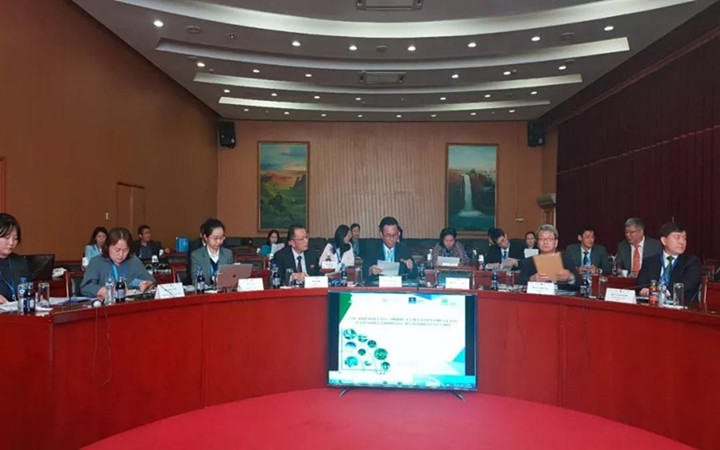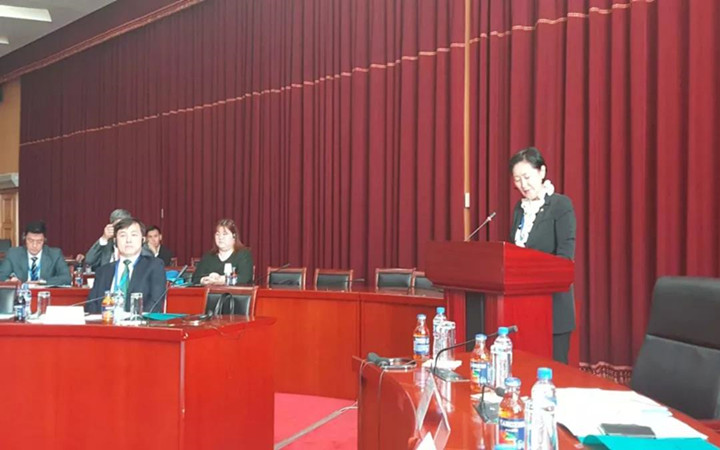一、什么是非物质文化遗产(非遗)?
文化遗产并不仅限于古迹遗址和相关物品的收藏,它也包括由我们的祖先传承给我们子孙的传统风俗或活态的表达形式。尽管它们可能并非是“物质”的(它们不可被直接触及),却是文化遗产的重要组成部分。目前,中国有39项经联合国教科文组织认定的非物质文化遗产,例如昆曲、中医针灸、二十四节气等。

昆曲 / Kun Qu Opera @中国江苏网

二十四节气 / 24 Solar Terms @photophoto.cn
二、非遗五大“领域”
联合国教科文组织2003年颁布的《保护非物质文化遗产公约》提出了非遗的五大“领域”: (一)口头传统和表现形式,包括作为非物质文化遗产媒介的语言;(二)表演艺术;(三)社会实践、仪式、节庆活动;(四)有关自然界和宇宙的知识和实践;(四)传统手工艺。

新疆维吾尔木卡姆艺术 / Xinjiang Uygur Mukam Art @toptour.cn
三、教育与非遗保护
一方面,教育对非遗保护起着至关重要的作用,例如,将非遗的相关知识和技能传递给下一代。另一方面,非遗也能为教育项目提供具体的内容和方法,从而提高教育的相关性和质量以及教学成果。

2018东北亚保护非物质文化遗产次区域会议 / 2018 Sub-Regional Meeting for Intangible Cultural Heritage Safeguarding in Northeast Asia
正是因为意识到了教育在非遗保护上的重要作用,8月28至30日,联合国教科文组织亚太地区非物质文化遗产国际信息和网络中心(ICHCAP)及联合国教科文组织驻华代表处(即UNESCO驻朝鲜、日本、蒙古国、中国、韩国五国代表处)在蒙古国乌兰巴托主办了2018东北亚保护非物质文化遗产次区域会议。本次会议得到了蒙古国教育文化科学体育部及蒙古国教科文组织全国委员会的支持。

蒙古国教育文化科学体育部部长Tsogzolmaa女士开幕致辞 / Opening remarks by Ms.Tsogzolmaa, Minister of MECSS, Mongolia
在为期三天的会议中,来自东北亚五个成员国(朝鲜、日本、蒙古国、中国、韩国)、联合国教科文组织、ICHCAP、联合国教科文组织在非遗领域的二类中心(CRIHAP及IRCI)以及蒙古国相关机构的代表汇聚一堂,围绕会议主题“教育与非物质文化遗产:迈向共同合作,在正式与非正式教育中推广非遗”,分享了各自在非遗的区域保护方面的经验,并商讨共建区域网络从而在教育方面促进非遗保护。
文中缩写:
--ICHCAP:联合国教科文组织亚太地区非物质文化遗产国际信息和网络中心
--CRIHAP:联合国教科文组织亚太地区非物质文化遗产国际培训中心
--IRCI:联合国教科文组织亚太地区非物质文化遗产国际研究中心
Safeguarding Intangible Cultural Heritage in Education
1、What is Intangible Cultural Heritage (ICH)?
Cultural heritage does not end at monuments and collections of objects. It also includes traditions or living expressions inherited from our ancestors and passed on to our descendants. While they may not be tangible – they cannot be touched – they are very important parts of our cultural heritage. Currently, China has 39 Intangible Cultural Heritage (ICH) designated by UNESCO, such as Kun Qu opera, Acupuncture and moxibustion of traditional Chinese medicine, and Twenty-Four Solar Terms.
2、5 “domains” of ICH
UNESCO’s 2003 Convention for the Safeguarding of the ICH proposes five broad “domains” in which intangible cultural heritage is manifested:
(1)Oral traditions and expressions, including language as a vehicle of the intangible cultural heritage;
(2)Performing arts;
(3)Social practices, rituals and festive events;
(4)Knowledge and practices concerning nature and the universe;
(5)Traditional craftsmanship.
3、Safeguarding ICH in education
On one hand, education plays a key role in safeguarding ICH, for example, passing on the ICH-related knowledge and skills from one generation to the next. One the other hand, ICH can also provide context-specific content and pedagogy for education programmes, and thus help to increase the relevance and quality of education and improve learning outcomes.
Recognizing the significant role of education in safeguarding ICH, on 28-30 August, the International Information and Networking Centre for Intangible Cultural Heritage in the Asia-Pacific Region (ICHCAP) under the auspices of UNESCO, and the UNESCO Beijing Cluster Office co-organized the 2018 Sub-Regional Meeting for Intangible Cultural Heritage Safeguarding in Northeast Asia in Ulaanbaatar of Mongolia, with the support from the Mongolian Ministry of Education, Culture, Science and Sports (MECSS) and Mongolian National Commission for UNESCO.
The theme of the meeting is “ICH in Education: Towards Joint Collaboration for Promoting ICH in Formal and Non-Formal Education”. During the three-day meeting, representatives from five Member States of the Northeast Asia region (Democratic People’s Republic of Korea, Japan, Mongolia, People’s Republic of China, and Republic of Korea), UNESCO, ICHCAP, UNESCO Category 2 Centers in the field of ICH (CRIHAP, IRCI), and relevant institutions of Mongolia gathered together to share experiences in regional ICH safeguarding and to build a regional network for safeguarding ICH, in education and beyond.
Abbreviations:
--ICHCAP: International Information and Networking Centre for Intangible Cultural Heritage in the Asia-Pacific Region under the auspices of UNESCO
--CRIHAP: International Training Center for Intangible Cultural Heritage in the Asia-Pacific Region under the auspices of UNESCO
--IRCI: International Research Centre for Intangible Cultural Heritage in the Asia-Pacific Region under the auspices of UNESCO
来源:联合国教科文组织官方微信公众号


 粤公网安备 44020402000152号
粤公网安备 44020402000152号

